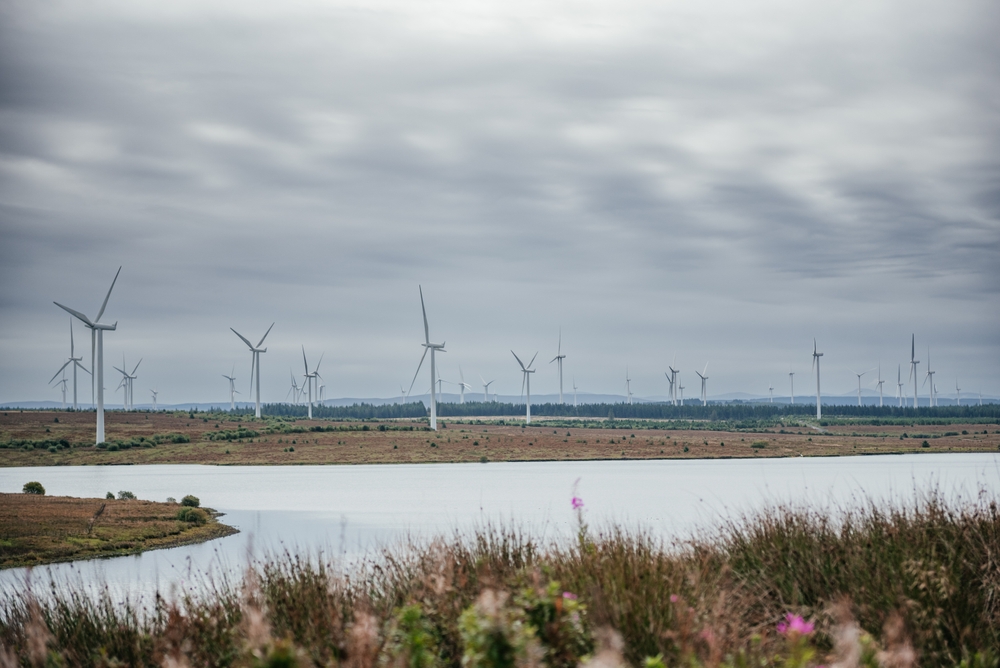In the first half of the year, Scottish wind farms had to curtail almost 40 percent of their potential electricity generation due to overproduction. This curtailment occurred because the electricity could neither be used locally nor transported to other regions. Nevertheless, the operators received high compensation payments. According to calculations by energy analysis firm Montel, the unused electricity from northern Scotland could have fully supplied all households in the country for half a year.
Increasing curtailment in northern Scotland
Of the total 4.6 terawatt hours of curtailed electricity in the UK, 86 percent came from northern Scotland – an increase of 15 percent compared to the same period last year. Experts see this as a clear sign of structural deficits in the British power grid, the restructuring of which is placing a financial burden on all consumers.

Montel analyst Fintan Devenney explained: “Curtailed electricity volumes are rising on average and could increase further as additional renewable capacity comes online.” He called for coordinated action by politicians and industry to develop practical solutions.
Remote locations exacerbate network bottlenecks
Many wind farms are located in sparsely populated regions such as the Moray Firth off the northeast coast. Electricity demand is low there, and the cable connections are insufficient to transport the surplus south. Although operators feed their supply into the wholesale market regardless of location, grid bottlenecks often prevent the planned feed-in.
The state-owned grid operator Neso continuously controls electricity flows to keep production and consumption in balance. In practice, this means that wind farms in the north are compensated for downtime, while gas-fired power plants in the south ramp up additional capacity.
Decades of lack of network modernization
An industry representative emphasized: “Chronic underinvestment in the grid has caused these curtailment payments.” Expanding the transmission infrastructure could significantly increase transport capacities. However, plans for new high-voltage lines are meeting with resistance in rural communities, which consider additional grid expansion to be unnecessary.
In the first six months alone, Neso spent around £117 million (approximately €138 million) on curtailments in northern Scotland. These amounts mostly replace lost subsidies. Since the costs of grid stability are spread across all electricity bills, this affects all consumers.
Increasing strain in sight
Neso emphasized that it wanted to keep network stabilization costs as low as possible and had saved “at least £1.2 billion within its own area of responsibility” over the past two years. Nevertheless, the problem of curtailment could worsen: following the 2022 ScotWind auction, almost 30 gigawatts of additional offshore wind capacity is set to be created in Scottish waters.
Adjusted subsidy regulations are intended to encourage operators to disconnect from the grid independently in the event of a power surplus. The UK Department of Energy points out that, despite curtailment costs, a clean and cheaper power supply will be possible by 2030.
System criticism from Scotland
The government in London has announced the largest modernization program for the power grid in decades in order to reduce bottlenecks. Nevertheless, Scottish Energy Minister Gillian Martin expressed strong criticism: “I have made it clear that the current UK energy system is not fit for purpose. Significant investment is needed to create a clean electricity system.”
